But don’t think this is a replacement for pumping some iron.


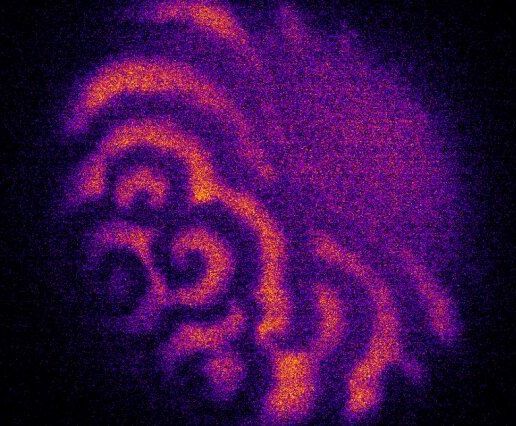
When an egg cell of almost any sexually reproducing species is fertilized, it sets off a series of waves that ripple across the egg’s surface. These waves are produced by billions of activated proteins that surge through the egg’s membrane like streams of tiny burrowing sentinels, signaling the egg to start dividing, folding, and dividing again, to form the first cellular seeds of an organism.
Now MIT scientists have taken a detailed look at the pattern of these waves, produced on the surface of starfish eggs. These eggs are large and therefore easy to observe, and scientists consider starfish eggs to be representative of the eggs of many other animal species.
In each egg, the team introduced a protein to mimic the onset of fertilization, and recorded the pattern of waves that rippled across their surfaces in response. They observed that each wave emerged in a spiral pattern, and that multiple spirals whirled across an egg’s surface at a time. Some spirals spontaneously appeared and swirled away in opposite directions, while others collided head-on and immediately disappeared.
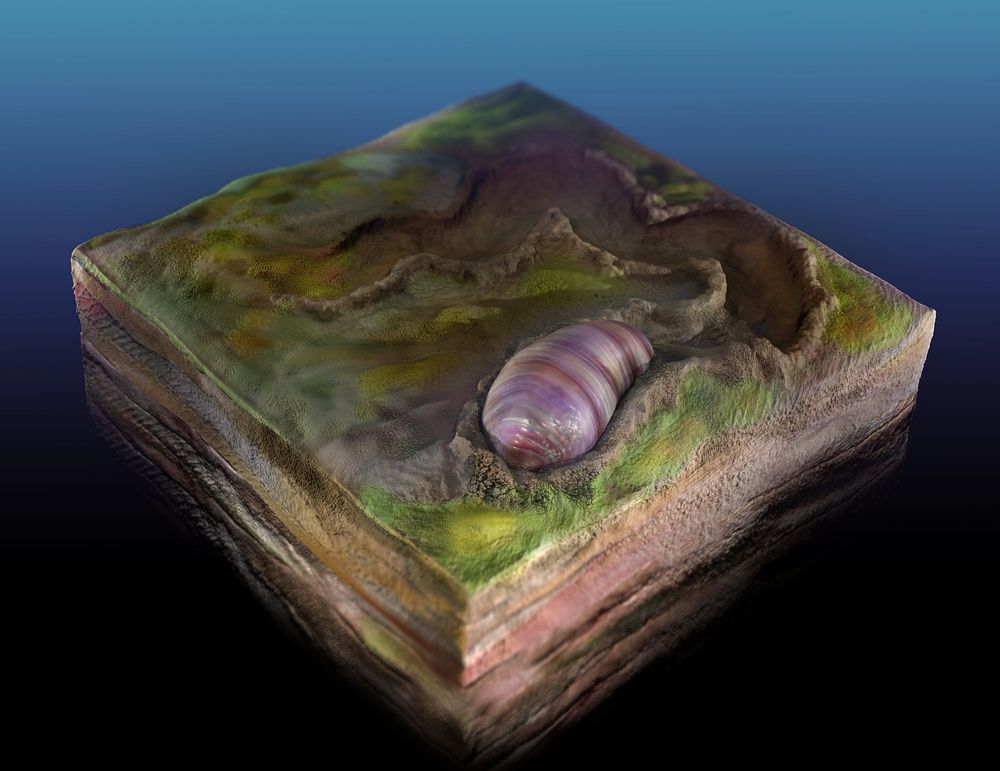
A team led by UC Riverside geologists has discovered the first ancestor on the family tree that contains most familiar animals today, including humans.
The tiny, wormlike creature, named Ikaria wariootia, is the earliest bilaterian, or organism with a front and back, two symmetrical sides, and openings at either end connected by a gut. The paper is published today in Proceedings of the National Academy of Sciences.
The earliest multicellular organisms, such as sponges and algal mats, had variable shapes. Collectively known as the Ediacaran Biota, this group contains the oldest fossils of complex, multicellular organisms. However, most of these are not directly related to animals around today, including lily pad-shaped creatures known as Dickinsonia that lack basic features of most animals, such as a mouth or gut.
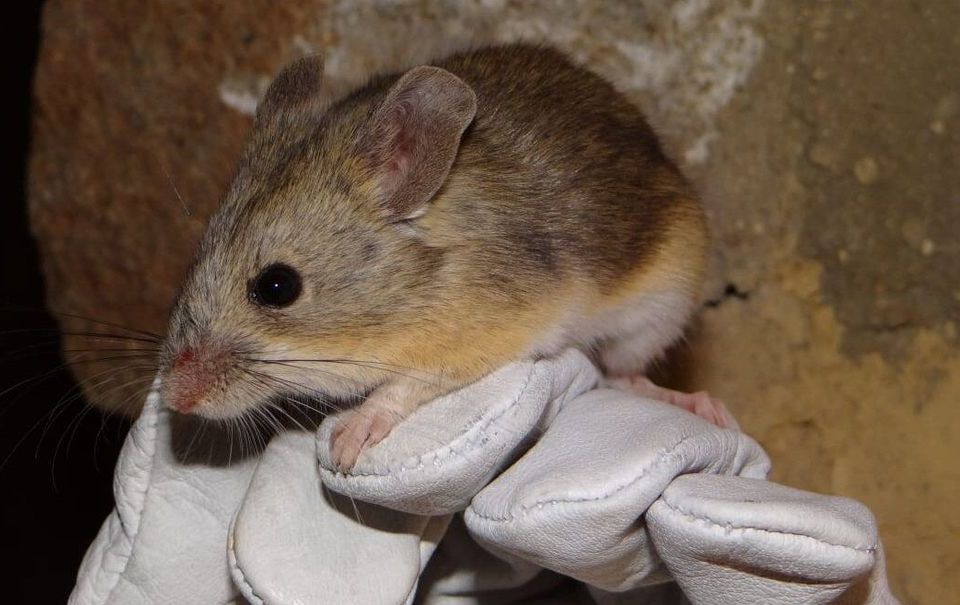
They had climbed for eight hours—Had it really been just eight? Nine, maybe? More?—after the avalanche risk of a snow-packed ravine on the main path had forced them onto a more circuitous, arduous route.
Up here, the summer weather of February felt uncomfortably similar to a Nebraska winter.
“Jay, hay un ratón!” (“Jay, there’s a mouse!”)
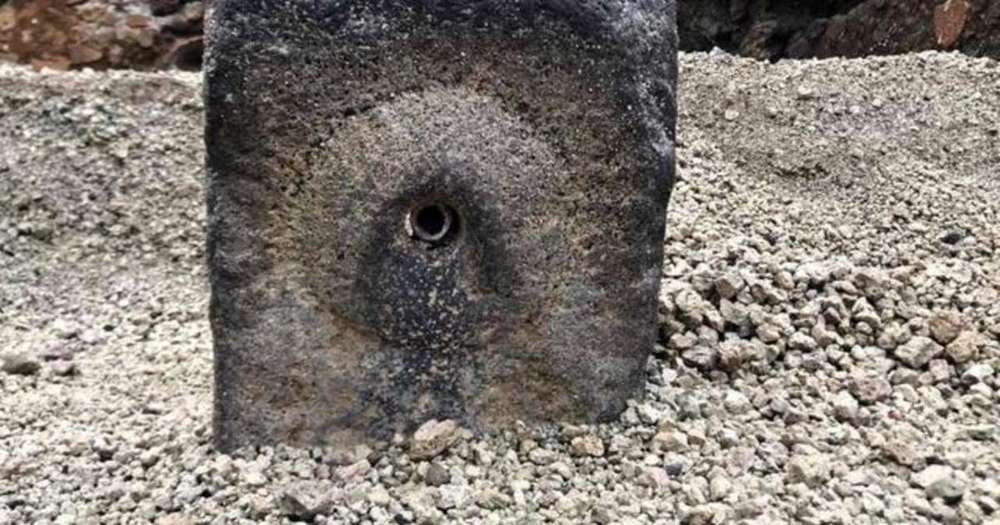
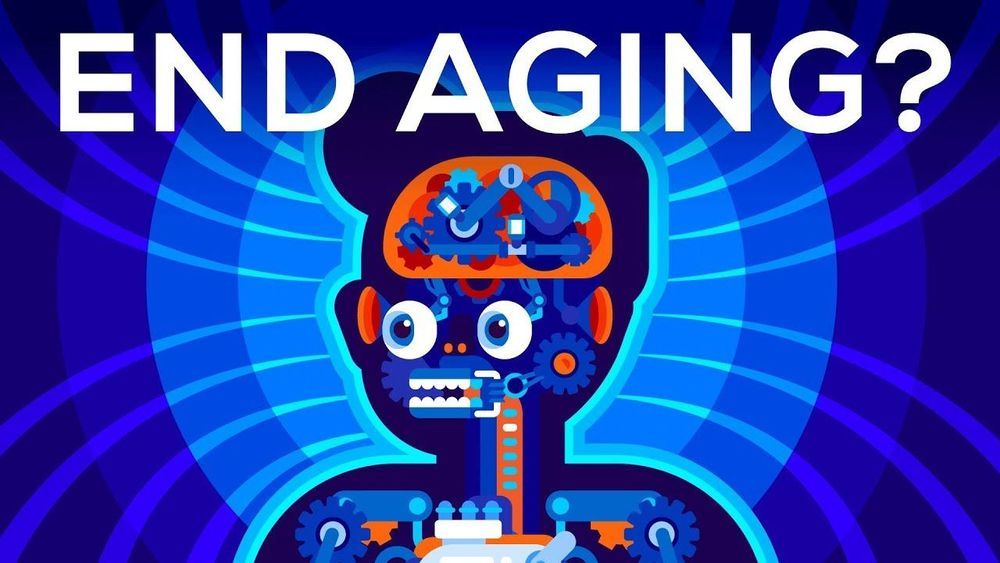
Futurist Dr. Ian Pearson believes that if you live to 2050, you may never die. Here is why.

This evacuation system can save 800 people from a sinking ship.
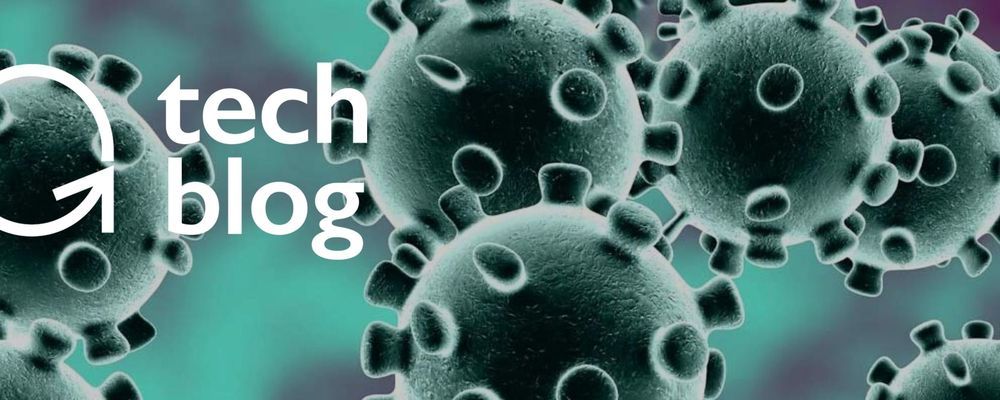
#Interesting opinion from a #Futurist
Why do the young survive, and older individuals fall ill?
Likely because our immune systems degrade as we age. It’s the same reason that humans see increased cancer rates as we age— as we grow older, our immune systems, which normally find and destroy cancers in our bodies, become overwhelmed, exhausted, depleted.
As researchers are racing to develop vaccines and antiviral therapies to treat the COVID-19 pandemic, one promising option is immunotherapy. This technology uses components of our immune system to alter or boost a patient’s immune response. Immunotherapy has been used successfully to treat other viral diseases as well as cancer and diseases of the immune system.


China has no new infections of the coronavirus domestically for the first time since the start of a crisis that has sickened over 80,000 Chinese people. But what could be a sign the country has defeated the fatal pathogen is likely to just be a temporary reprieve.
While the outbreak’s epicenter has shifted to Europe, where there are now more cases being reported daily than at the height of China’s crisis, epidemiologists warn that the Asian giant could face subsequent waves of infections, based on patterns seen in other pandemics.
The nature of this particular virus also raises the risk of a resurgence. The coronavirus is harder to detect and lingers longer than the one that caused Severe Acute Respiratory Syndrome in 2003, which infected 8,000 people before fading out. That will make future waves of the new pandemic more difficult to prevent.